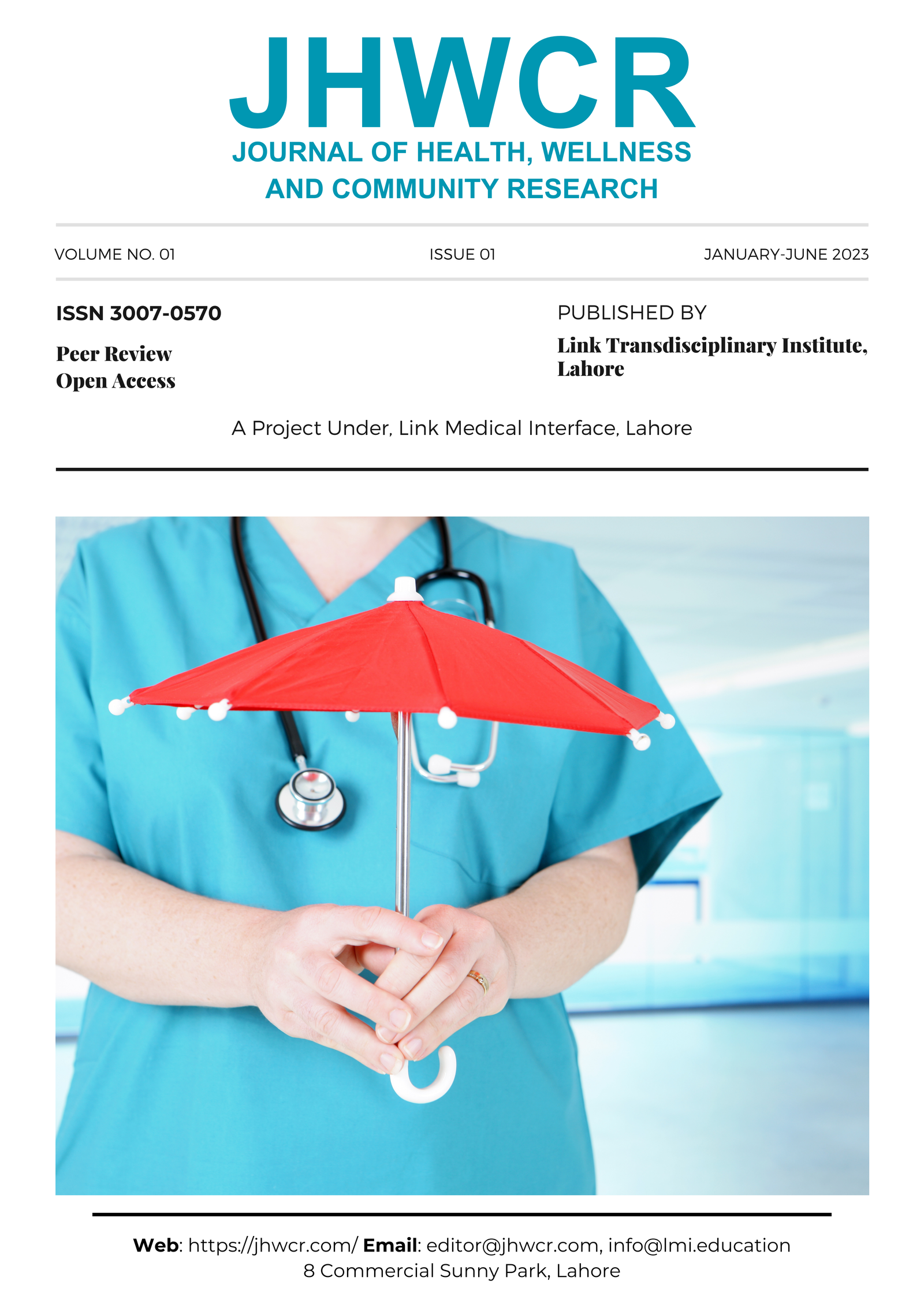Comparative Study of Airway Management Devices: ETT vs LMA
DOI:
https://doi.org/10.61919/k0pr9p74Keywords:
Airway management, Laryngeal masks, Endotracheal intubation, Anesthesia, Patient safety, Elective surgery, Clinical outcomesAbstract
Background: Effective airway management is a cornerstone of anesthetic practice, yet the optimal choice between endotracheal tubes (ETT) and laryngeal mask airways (LMA) in elective surgeries remains debated due to variable complication rates and clinical outcomes. A gap exists in region-specific comparative data that could inform evidence-based clinical decision-making. Objective: This study aimed to compare the safety, procedural efficiency, and patient satisfaction associated with ETT and LMA in patients undergoing elective surgical procedures. Methods: A cross-sectional comparative study was conducted across three tertiary care hospitals in Lahore, Pakistan, involving 384 patients aged 50 to 70 years, equally assigned to ETT and LMA groups. Patients included had ASA physical status I–II and a BMI of ≤35 kg/m², while those with high aspiration risk or airway anomalies were excluded. Data were collected using direct clinical observation and structured postoperative questionnaires. SPSS version 26 was used for statistical analysis including Chi-square tests, independent t-tests, and calculation of odds ratios. Results: LMA demonstrated significantly lower airway trauma rates (0% vs. 30.7%; OR = 82.3, p < 0.001) and faster insertion times (mean 12 seconds vs. 22 seconds; p < 0.001) compared to ETT. Patient satisfaction was notably higher in the LMA group (mean score 4.6 vs. 4.1; p < 0.001). Conclusion: The findings indicate that LMA is a safer, quicker, and more patient-friendly airway management device compared to ETT in elective surgical settings, justifying its greater inclusion in standard anesthetic protocols.
Downloads
Published
Issue
Section
License
Copyright (c) 2025 Rimsha Abid, Tehreem Chaudry, Gulam Abbas, Meekal Majeed, Muhammad Shoaib, Ajmal Shahbaz (Author)

This work is licensed under a Creative Commons Attribution 4.0 International License.


